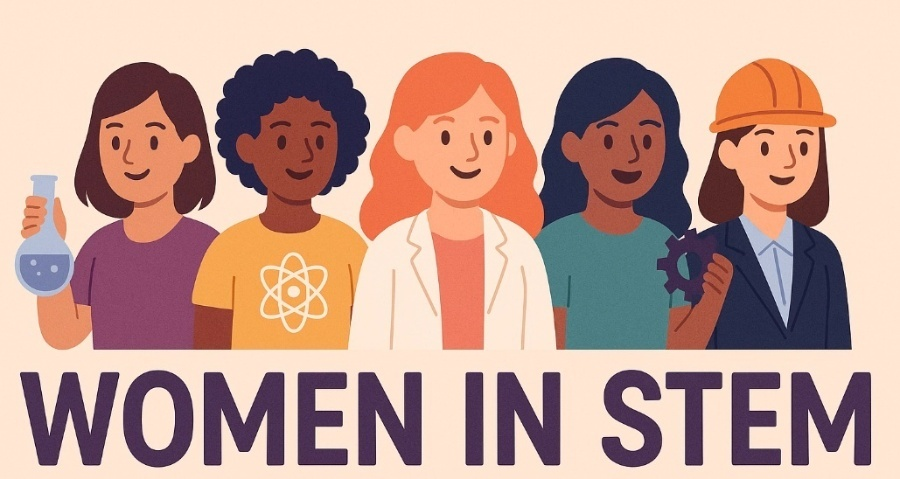Speaker
Description
It is commonly believed that women in Russia are underrepresented in science and industrial production. Their primary occupations are focused on household responsibilities, child-rearing, or careers in humanities and creative fields. However, recent research shows that this situation has changed: women now comprise approximately 30% to 40% of researchers in the engineering and natural sciences. At the same time, women encounter significantly more obstacles and stereotypes on their scientific career paths. These challenges include the "double burden", the gender pay gap, segregation by fields of study and employment sectors. Despite these difficulties, the contribution of Russian women to science, as well as their overall involvement, is very substantial. Data on publication activity and citation impact, measured using metrics such as the H-index, show that the average publication output of women is higher than that of men. Moreover, the proportion of women holding leadership positions is increasing. These roles include laboratory heads, department managers, and directors of research institutes. The report is dedicated to the work of Russian women in science.

